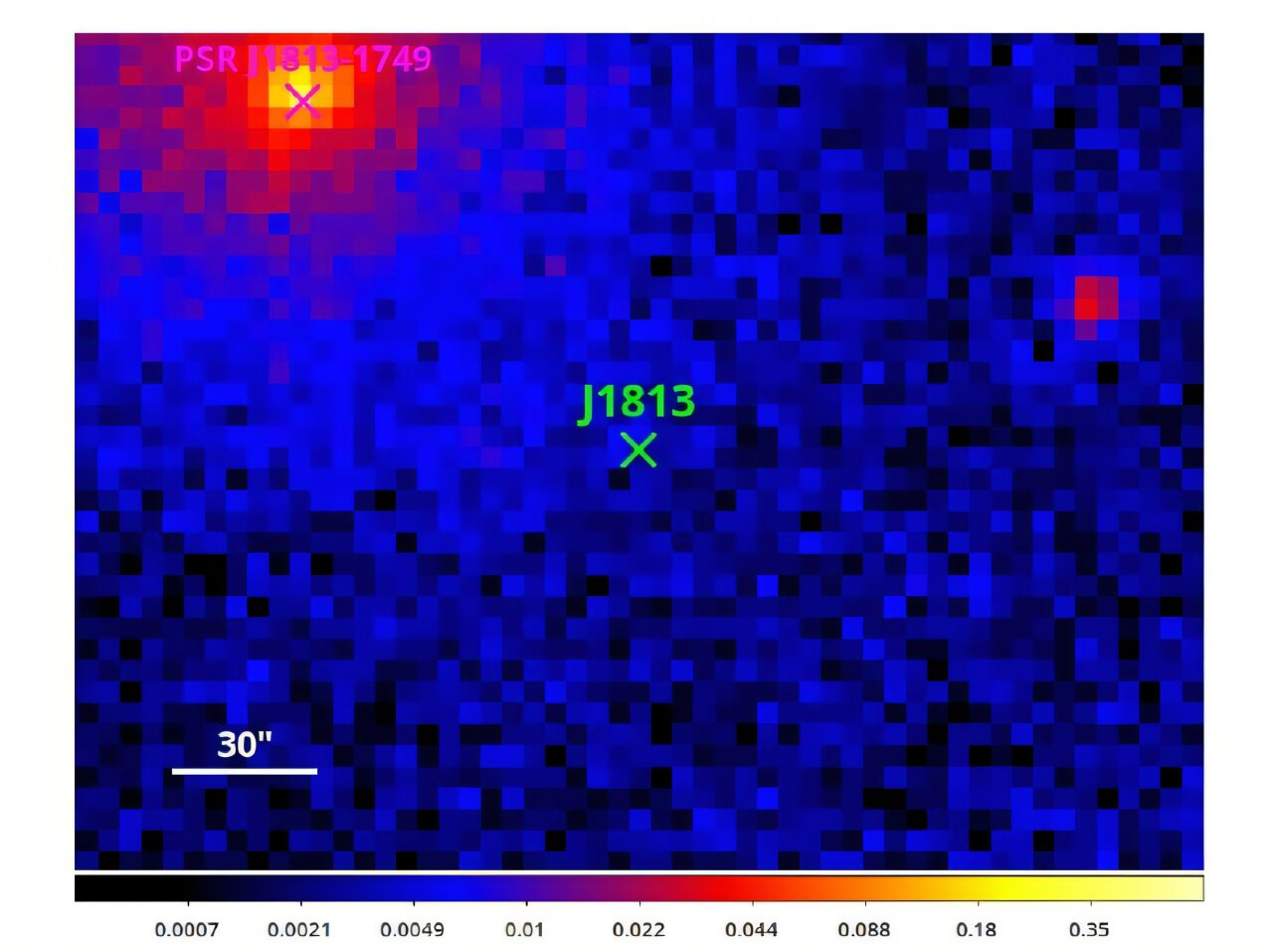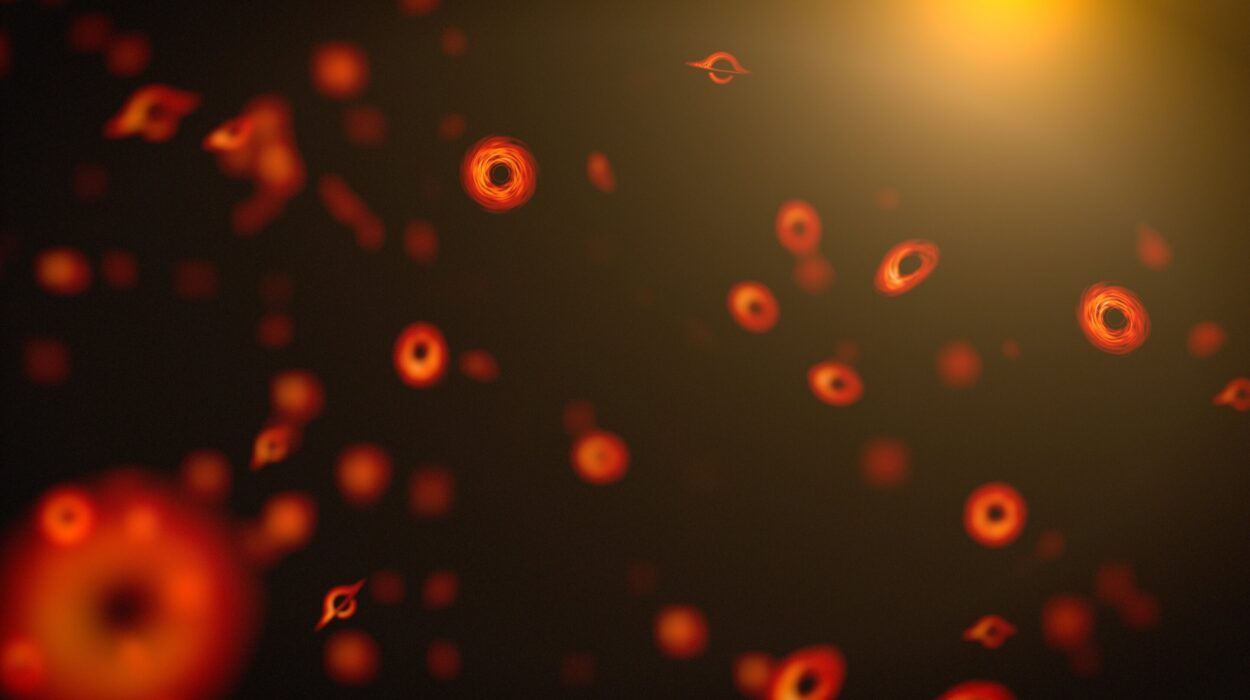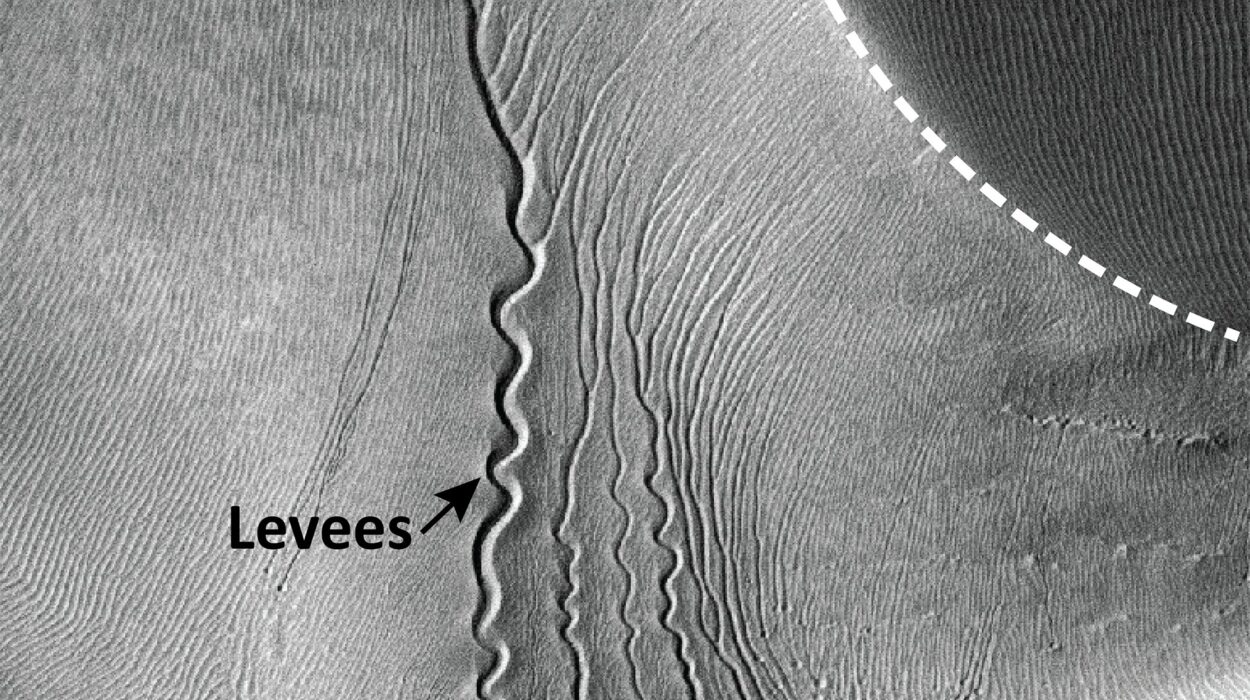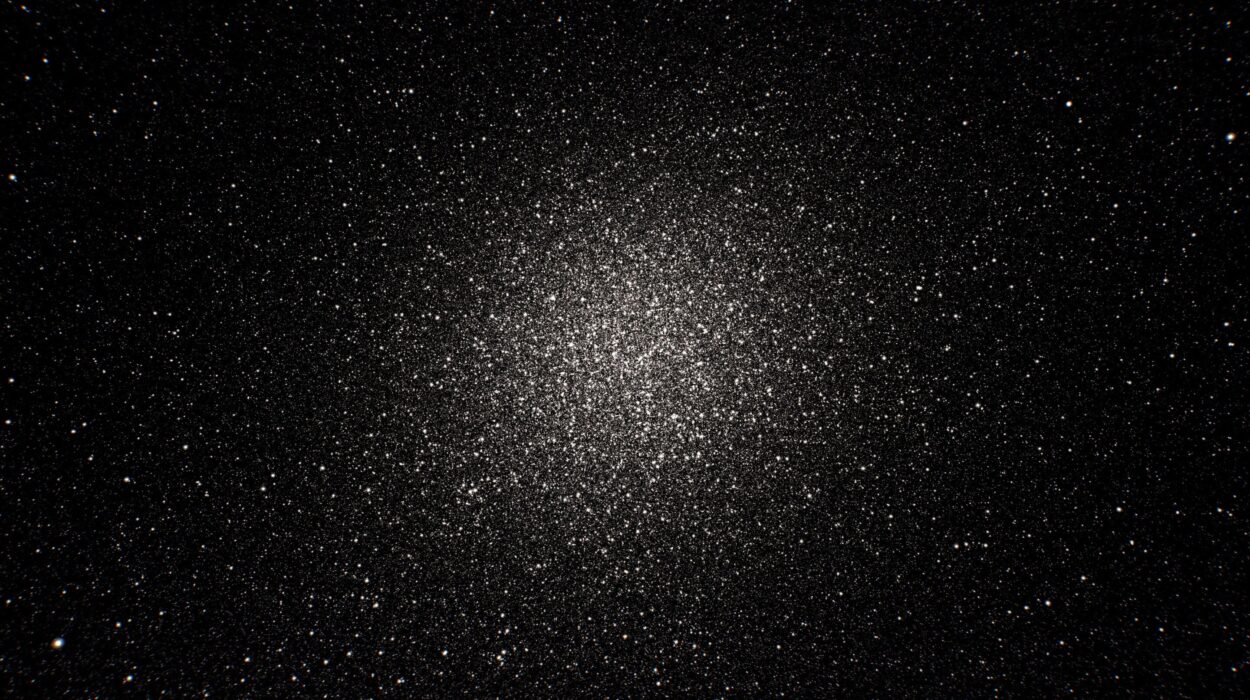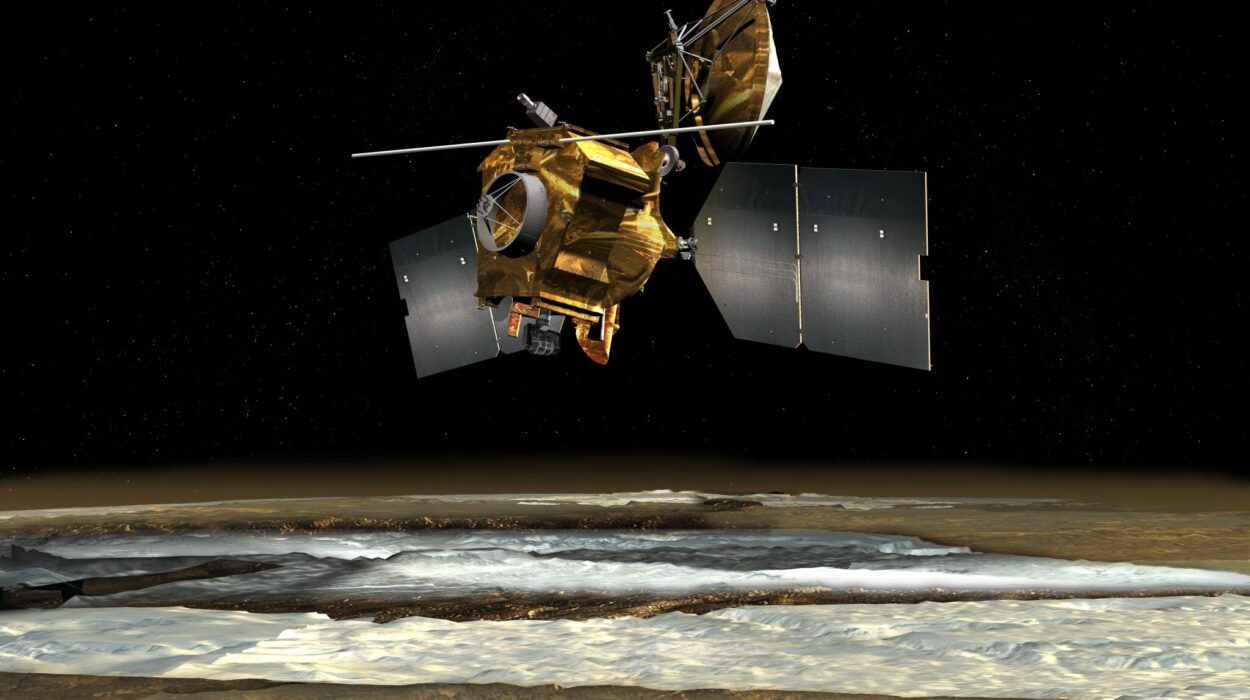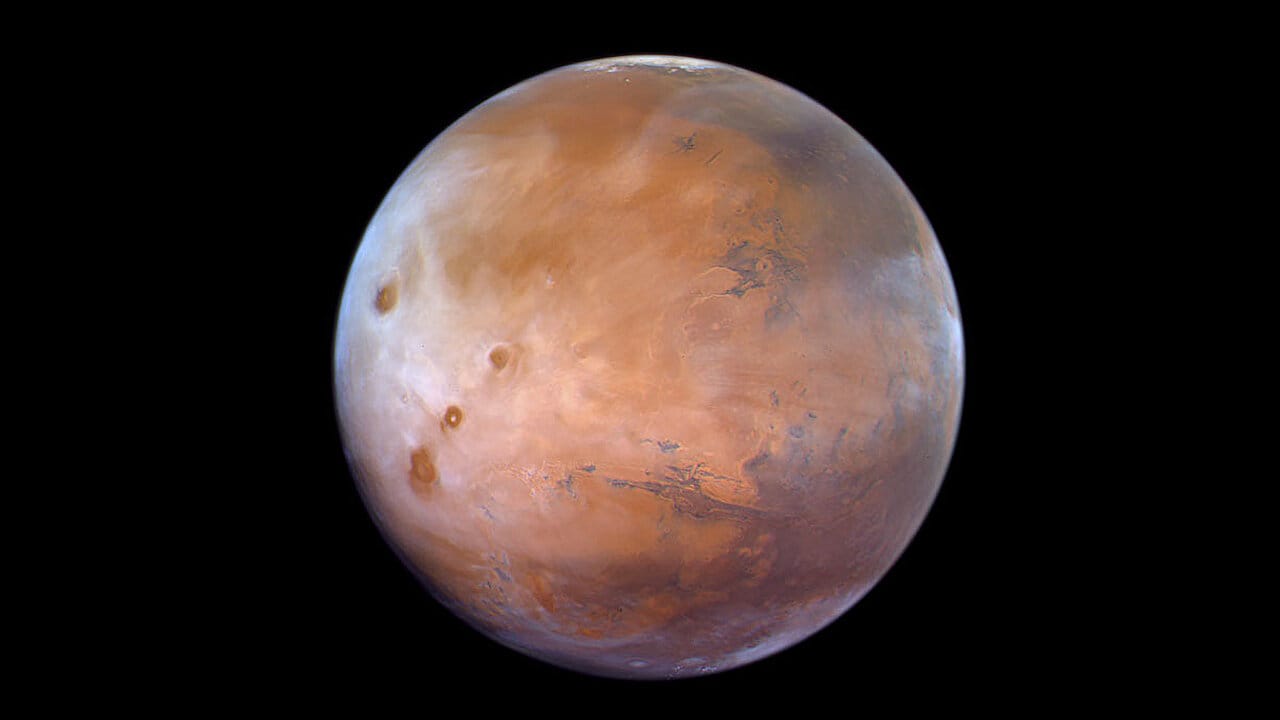In the depths of our galaxy, where stars burn bright and some meet violent ends, a newly discovered cosmic oddity is grabbing the attention of astronomers. Italian scientists, led by Martino Marelli from the National Institute for Astrophysics (INAF) in Milan, have identified a rare celestial system that could help us unravel some of the most tantalizing mysteries about massive stars and their enigmatic companions.
Meet 4XMM J181330.1-175110, or “J1813” for short. It’s the latest addition to an elusive and intriguing class of astronomical objects known as Supergiant Fast X-ray Transients (SFXTs). These cosmic flashers are notorious for their sudden, unpredictable outbursts of X-ray energy—dramatic events that can go from zero to mind-bending brightness in mere minutes. Marelli and his team’s findings are now detailed in a paper published on March 6 on the arXiv preprint server.
But what makes this discovery so special? And why should we care about these powerful, flickering X-ray sources?
What Is an X-ray Binary, Anyway?
Imagine a deadly cosmic dance between two stars, one of which is a compact, ultra-dense object—a neutron star or a black hole. The other partner in this dance is usually a “normal” star, either small and sun-like or a massive giant. In X-ray binaries (XRBs), the dense object devours matter from its companion, often by siphoning gas through intense gravitational pull. As this material spirals inward, it heats up to millions of degrees, releasing powerful X-rays that we can detect from Earth.
XRBs come in two major flavors:
- Low-mass X-ray binaries (LMXBs): where the companion star is relatively small.
- High-mass X-ray binaries (HMXBs): where the companion is a massive, short-lived star.
Now, SFXTs are an exotic subtype of HMXBs. They’re like the rock stars of the X-ray world—bright, temperamental, and short-lived, producing rapid-fire flares that come and go with little warning.
Supergiant Fast X-ray Transients: Rare, Violent, and Mysterious
The first SFXT was only discovered in 2005, and to this day, astronomers have cataloged about 15 confirmed systems. Their scarcity makes each new discovery a precious opportunity to understand how they work.
What sets SFXTs apart from other XRBs? The key lies in their massive supergiant companion stars, often hot, blue B-type stars that blow out strong stellar winds—winds that are clumpy and chaotic rather than smooth. The compact object—likely a neutron star—occasionally snatches up these dense blobs of gas as they pass by. When this happens, the sudden influx of matter triggers an intense X-ray flare that can shine millions of times brighter than our sun, but only for brief periods ranging from minutes to a few hours.
The cause of their sporadic behavior is still poorly understood. That’s why astronomers are excited every time they spot a new member of this exclusive club.
Enter J1813: A Stellar Flashbulb Caught in the Act
J1813 was serendipitously detected during observations by the XMM-Newton space observatory—a powerful X-ray telescope operated by the European Space Agency (ESA). Initially, J1813 was quiet, hiding in what scientists call a quiescent state, virtually invisible against the background X-ray glow of the galaxy. But then, it sprang to life.
The system suddenly unleashed a sequence of bright X-ray flares, displaying a behavior astronomers describe as FREDs—short for Fast Rise, Exponential Decay flares. These rapid outbursts surged in brightness almost instantly, followed by a more gradual decline, a hallmark of many transient phenomena in astrophysics.
During its active phases, J1813 emitted X-ray bursts with peak luminosities in the 2-12 keV energy band reaching up to 400 decillion erg/s. For perspective, that’s an energy output more than a trillion times greater than the total energy our sun emits in all directions every second. And yet, these flares were over in the blink of a cosmic eye.
Who’s the Dance Partner? A B-Type Supergiant
Using data from optical and mid-infrared observations, Marelli’s team pieced together more clues about J1813. Their analysis indicates the system includes a B-type supergiant star, an enormous and intensely hot star with a surface temperature around 32,000 Kelvin—roughly six times hotter than the sun.
This stellar behemoth lies somewhere between 22,800 and 42,400 light-years from Earth. The uncertainty in distance comes from the fact that the system is heavily absorbed, meaning much of its light is blocked by interstellar dust and gas. Pinpointing its exact location will require further observations in the optical and near-infrared parts of the spectrum.
Why J1813 Matters: A New Piece of the Puzzle
The newly found system checks off nearly all the boxes for an SFXT. Its light curve, with multiple short, bright flares, bears a striking resemblance to one of the best-known SFXTs, IGR J17544-2619, often considered the prototype of the class. This similarity strengthens J1813’s candidacy as an SFXT and adds a valuable data point to a field still full of open questions.
But there’s a catch. As compelling as the current data are, astronomers still need optical and near-infrared spectroscopic follow-up observations to confirm the nature of the donor star. Without this confirmation, there’s still some uncertainty about the system’s exact classification and distance.
The Bigger Picture: Cracking the SFXT Code
Understanding SFXTs like J1813 isn’t just about cataloging strange stars. These systems can shed light on several larger astrophysical questions:
- Stellar evolution: How do massive stars interact with compact remnants like neutron stars?
- Accretion physics: What happens when material falls onto an incredibly dense object at breakneck speed?
- Stellar winds: Why do massive stars produce such clumpy, uneven outflows, and how does that affect their environment?
There’s even a potential link to gravitational wave astronomy. Some HMXBs might eventually evolve into double neutron star systems or neutron star–black hole binaries, which can collide and produce the gravitational waves detected by observatories like LIGO and Virgo.
What’s Next?
For now, J1813 is an exciting new addition to the roster of known SFXTs. But its story isn’t over. Future observations—particularly spectroscopy—will help astronomers nail down its details and refine their models of these wild, unpredictable systems.
Meanwhile, as telescopes like XMM-Newton, Chandra, and the newly launched XRISM observatory keep scanning the skies, more discoveries like J1813 are likely waiting just beyond the next flare.
In the grand cosmic ballet, J1813’s sudden outbursts remind us that the universe is a place of constant surprise—flaring, fading, and flaring again in the unending rhythm of star systems locked in extraordinary dances of destruction and rebirth.
Key Facts about J1813:
- Name: 4XMM J181330.1-175110 (J1813)
- Class: Supergiant Fast X-ray Transient (SFXT) candidate
- Distance: 22,800–42,400 light-years from Earth
- Companion Star: B-type supergiant (~32,000 K)
- Peak X-ray Luminosity: Up to 400 decillion erg/s
- Discovery Team: Led by Martino Marelli, INAF, Milan
- Discovery Paper: Published March 6 on arXiv
Stay tuned. J1813 may have more fireworks in store.
Reference: M. Marelli et al, 4XMM J181330.1-175110: a new supergiant fast X-ray transient, arXiv (2025). DOI: 10.48550/arxiv.2503.04009
